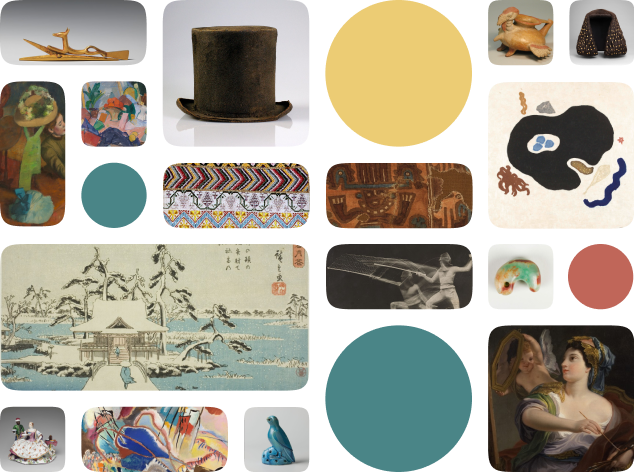Altar (asen)
Creator Name
Cultural Context
--
Date
Source
About the Work
Brooklyn Museum Object Description
Asen altars serve as monuments to the dead for the Fon. Placed in family shrines, they become the focus of interaction with ancestors. This asen is from Ouidah, a coastal city whose trade with Europeans (initially Portuguese) was flourishing as early as the seventeenth century. Thus, the central figure, which represents the deceased, wears a stovepipe hat, smokes a pipe, sits on a straight-backed chair, and stands beneath an umbrella—all symbols that derive their power from association with powerful European traders. This work has been attributed to Akati Akpene Kendo, a well-known artist in the service of the Fon king Glele (r. 1858–89).
Work details
"--" = no data available
Title
Creator
Worktype
Cultural Context
--
Material
Dimensions
Technique
--
Language
--
Date
Provenance
Style Period
--
Rights
Inscription
--
Location
Source
Subjects
--
Topic
--
Related Content
--
All Works in Curationist’s archives can be reproduced and used freely. How to attribute this Work:
Fon, Altar (asen), late 19th century, Brooklyn Museum. Creative Commons-BY.
Help us improve this content!
Let our archivists know if you have something to add.
Save this work.
Start an account to add this work to your personal curated collection.
